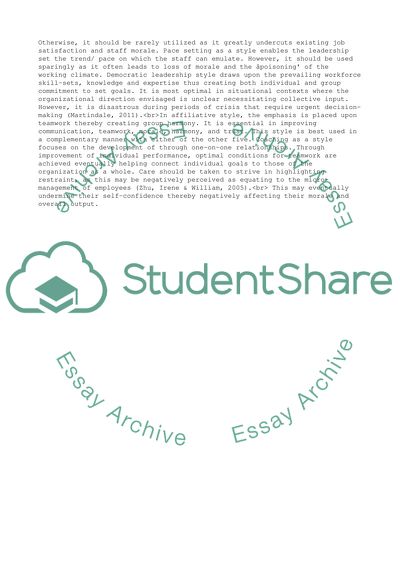Cite this document
(“How Leaders Are Leading In The 21st Century Essay”, n.d.)
How Leaders Are Leading In The 21st Century Essay. Retrieved from https://studentshare.org/business/1656230-how-are-leaders-leading-in-the-21st-century
How Leaders Are Leading In The 21st Century Essay. Retrieved from https://studentshare.org/business/1656230-how-are-leaders-leading-in-the-21st-century
(How Leaders Are Leading In The 21st Century Essay)
How Leaders Are Leading In The 21st Century Essay. https://studentshare.org/business/1656230-how-are-leaders-leading-in-the-21st-century.
How Leaders Are Leading In The 21st Century Essay. https://studentshare.org/business/1656230-how-are-leaders-leading-in-the-21st-century.
“How Leaders Are Leading In The 21st Century Essay”, n.d. https://studentshare.org/business/1656230-how-are-leaders-leading-in-the-21st-century.


